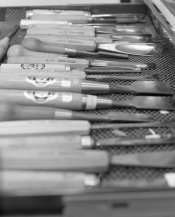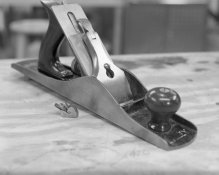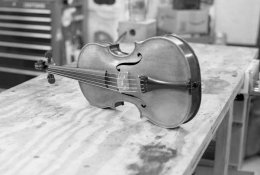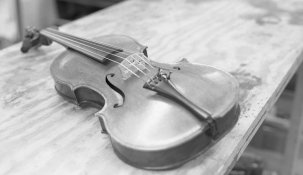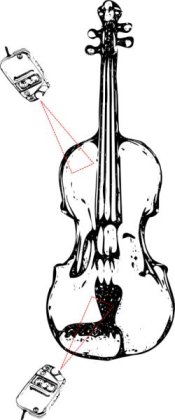Perhaps I took it wrong. But I also don't wear tight jeans any longer, I like a little room.
1)They're bulky. To me.
2)I don't read shadow & highlight to obtain contrast range
3)I Don't use sheet film or the Zone system.
4)I don't have a Sinar F.
5)I can eyeball exposure closely enough if I need to compensate for deep shadow
or bright highlight if I need to.
6)My negatives are good enough with an incident meter.
7)I wear hiking boots year round.
8)I don't wear long johns in the summertime.
9)I like boxer briefs.
10)I also find a RF easier to focus in dim/dark areas.
I don't think they're troublesome to use. For you. Just not my thing.
Fair enough.
Yes, I see now where the futzing around part factors in, a switch to regular briefs might help.




